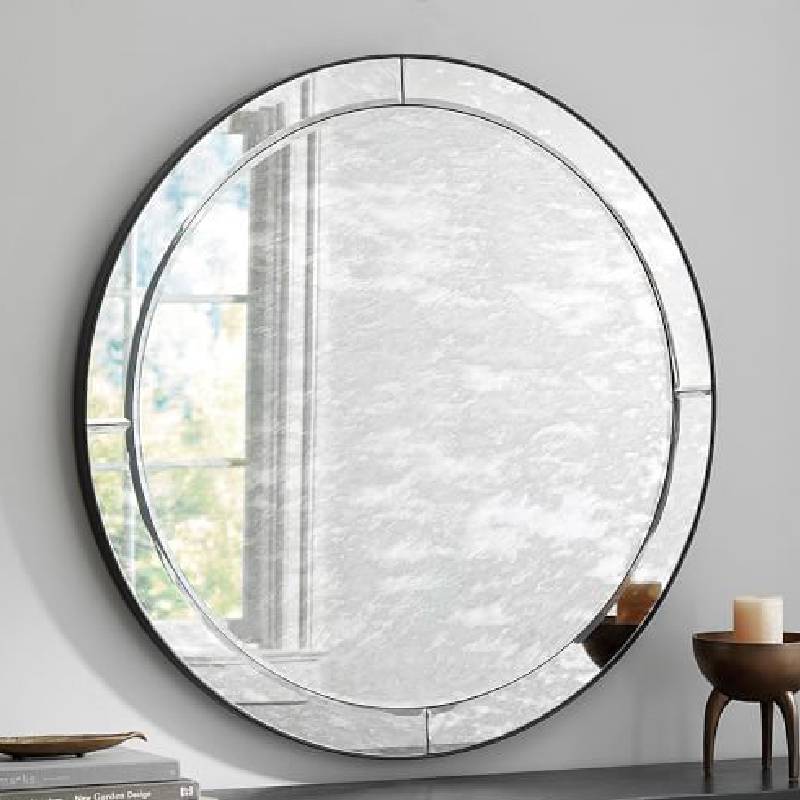

The Benefits and Applications of Low-E Reflective Glass
In an era where environmental sustainability and energy efficiency dominate architectural and design choices, Low-Emissivity (Low-E) reflective glass has emerged as a vital component in modern construction. This innovative glazing solution not only enhances the aesthetic appeal of buildings but also contributes significantly to energy conservation, comfort, and safety. In this article, we will explore the properties, advantages, and applications of Low-E reflective glass.
Understanding Low-E Reflective Glass
Low-E reflective glass is a type of insulated glass that incorporates a microscopically thin metallic coating. This coating is designed to reflect infrared light while allowing visible light to pass through. The primary function of this technology is to minimize the amount of heat transferred through the glass, keeping indoor spaces cooler in the summer and warmer in the winter.
The reflective coating on Low-E glass comes in different variants, such as hard coat and soft coat Low-E glass. Hard coat Low-E glass has a durable finish that is ideal for outdoor applications, while soft coat Low-E glass offers better performance in terms of energy efficiency and is typically used in interior installations. By choosing the appropriate type, architects and builders can tailor energy performance according to specific climatic conditions and building requirements.
Energy Efficiency and Cost Savings
One of the most significant advantages of Low-E reflective glass is its ability to enhance energy efficiency. By minimizing the transfer of heat, buildings can significantly reduce their reliance on heating and cooling systems. This translates to lower energy consumption and, consequently, reduced energy bills. Studies have shown that buildings equipped with Low-E glass can save up to 30% to 50% on energy costs compared to those using standard glazing options.
Moreover, governments and energy agencies often provide incentives and tax credits for building owners who opt for energy-efficient materials, including Low-E reflective glass. These financial benefits can lead to significant savings over time, making Low-E glass a smart investment.

Enhanced Comfort and Protection
Low-E reflective glass not only provides energy efficiency but also enhances occupant comfort. By controlling heat gain and loss, it helps maintain a stable indoor climate. This is particularly important in regions with extreme temperature fluctuations, where maintaining a consistent temperature can drastically improve the quality of life for inhabitants.
Additionally, Low-E glass offers UV protection. The reflective coating significantly reduces the amount of harmful ultraviolet rays penetrating the glass, which can cause fading and damage to interiors, furnishings, and artwork. By preserving the integrity of indoor spaces, Low-E glass contributes to a more comfortable and aesthetically pleasing environment.
Applications in Modern Architecture
The versatility of Low-E reflective glass makes it suitable for a wide range of applications in modern architecture. It is commonly used in commercial buildings, residential homes, and skyscrapers. Large glass façades, curtain walls, and windows benefit from the energy-saving properties of Low-E reflective glass, allowing designers to implement expansive glass designs without sacrificing energy efficiency.
Moreover, Low-E glass plays a crucial role in sustainable building projects and green certifications, such as LEED (Leadership in Energy and Environmental Design). As the construction industry increasingly embraces eco-friendly practices, Low-E reflective glass becomes a staple in new developments, renovations, and retrofitting projects.
Conclusion
In summary, Low-E reflective glass represents a significant advancement in glazing technology, combining aesthetic value with exceptional energy efficiency and comfort. Its ability to reduce heat transfer, lower energy costs, and protect interiors from UV damage makes it an invaluable asset for builders and architects alike. As the demand for sustainable building materials grows, Low-E glass is poised to play an increasingly important role in the construction of energy-efficient and environmentally friendly structures. By embracing this innovative solution, we can move closer to a greener and more sustainable future.